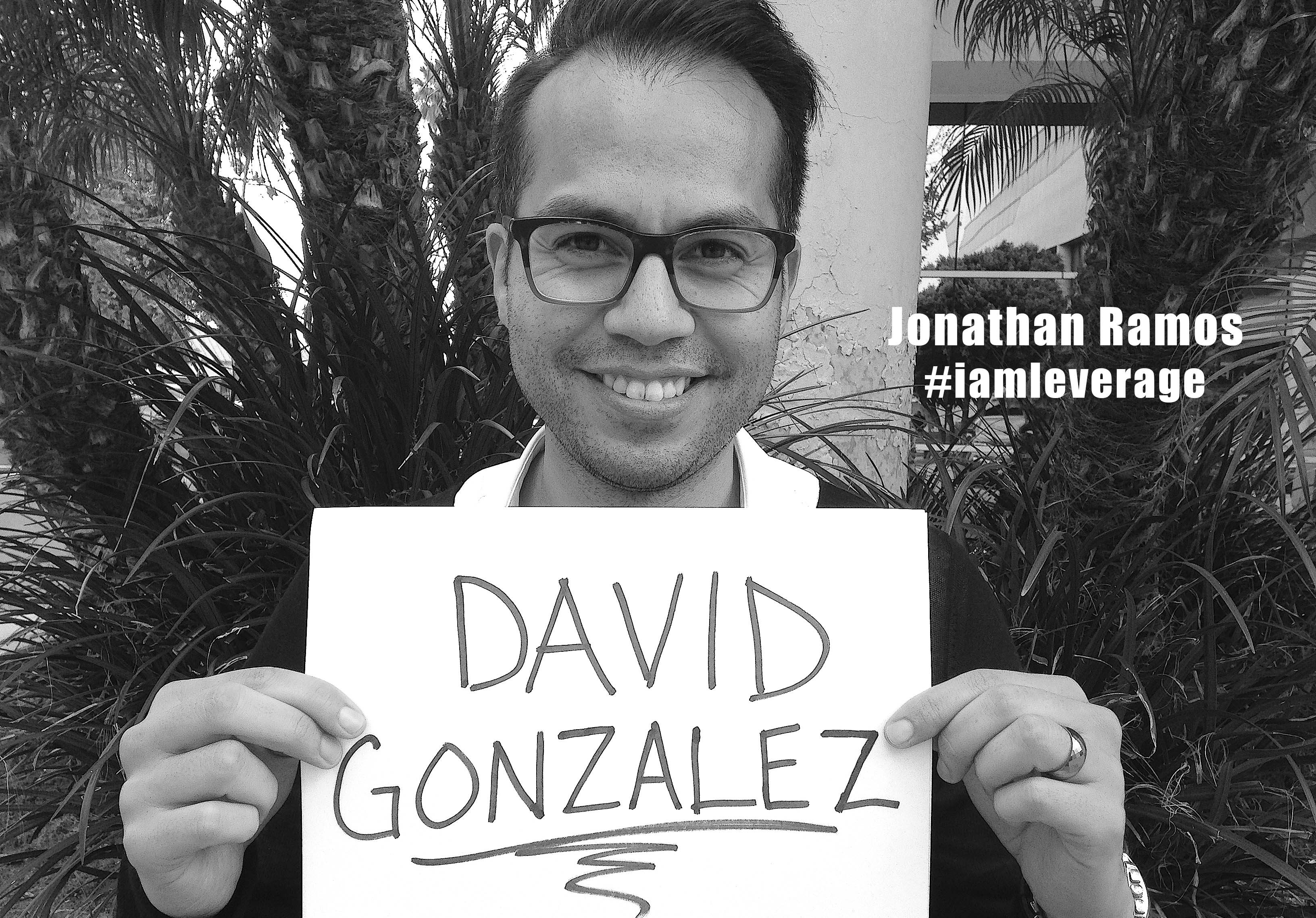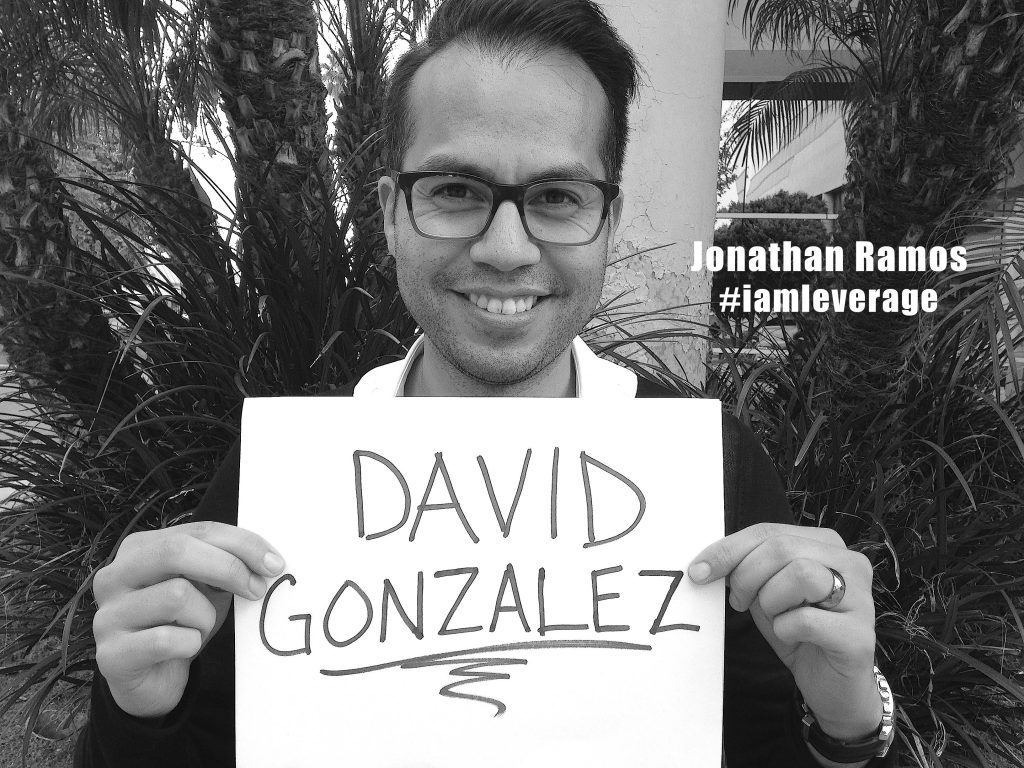
Although the number of Certified Deaf interpreters continues to grow, there remains misunderstanding about their role, as well as a shortage of work. Anna Mindess discusses the unique skill set that Deaf interpreters bring to the profession and actions hearing interpreters can take further the inclusion of Deaf interpreter colleagues.
Deaf interpreters are marching up the road to take their place as equal and valued professionals alongside their hearing counterparts. As more Deaf interpreters are trained, become certified and collaborate with hearing teammates, it will inevitably alter our way of working. We can welcome this evolving development and cherish the new opportunities it brings or dig in our heels and resist.
Two Street Leverage posts have addressed the gathering momentum of this movement. In Deaf Interpreters in the Blind Spot of the Sign Language Interpreting Profession, Jennifer Kaika documents the increasing numbers of Deaf interpreters and challenges us to support Deaf interpreters as “a long-standing and lasting part [of our profession], present since the inception of RID.” In Deaf Interpreters: The State of Inclusion, Nigel Howard, a Deaf interpreter himself, urges us to truly realize a team approach by “working together toward a shared and collaborative target language interpretation that is an equivalent to the source language.”
Recently, when revising my book, Reading Between the Signs, for a new edition, I added a section on Deaf interpreters. With the book’s focus on the cultural aspects of our work, it struck me that the resistance some hearing interpreters seem to feel to this “new” development in our field, might be rooted in cultural values (more about this later). First, let’s confirm the fact that Deaf interpreters belong to a tradition with deep roots.
Long Tradition
Eileen Forestal, a Deaf interpreter who has been at the forefront of research and training, contributed a chapter to the new book, Deaf Interpreters at Work: International Insights. While awarding official certificates to Deaf interpreters may be a relatively recent development, Forestal writes that, “as long as Deaf people have existed, they have been translating and interpreting within the Deaf community.” It goes back to the residential schools, where “Deaf children, both in and out of the classroom, would frequently explain, rephrase, or clarify for each other the signed communication used by hearing teachers.” Once out of school, this supportive activity did not cease. “Deaf persons would interpret for each other to ensure full understanding of information being communicated, whether in classrooms, meetings, appointments, or letters and other written documents” (Forestal, 2014, 30).
My Experience
Researching the history of Deaf interpreters allowed me to look back at my own career and see it through different eyes. After discovering the Deaf World via theater in the mid 1970’s when I was an actress in Los Angeles, I found CSUN where I took all four(!) classes offered at the time: ASL 1 and 2 and Interpreting 1 and 2.
Clearly, I was not prepared to work as a sign language interpreter, but with encouragement from my Deaf theater friends, I cautiously began community interpreting. In hindsight, I recall that at several Social Security or VR appointments, the Deaf person I was supposed to meet brought a “Deaf friend.” And if my interpretations were not clear enough, the friend would succinctly convey the point, assuming the role of unofficial “Deaf interpreter.”
In the mid-1980’s, I got a full time job at a large TDD distribution center in downtown Los Angeles to handle the crush of new customers thrilled to get the latest communication devices. When walk-in customers arrived, my co-worker, a Deaf woman named Sue Lee, would greet them and demonstrate their choice of equipment. My job was to interpret the registration process between Deaf customers and the hearing phone company reps on-site. As LA is a city of immigrants, it often happened that the Deaf person and I needed some extra help going over the rules of the program. I’d ask Sue to join us and she would come up with a way to best convey the information. Once again, everyone benefitted from the skills of a “Deaf interpreter,” although we didn’t label it as such at the time.
After moving to the San Francisco Bay Area, I continued community interpreting, but returned to CSUN in 1991 for a 6-week course in legal interpreting. Our class of two-dozen seasoned interpreters included 3 Deaf interpreters and we enjoyed figuring out how to best work together in the legal scenarios we practiced.
Over the last 20 years, I’ve specialized in legal interpreting and often team with Deaf interpreters (now CDIs). Most of my peak moments interpreting have occurred while collaborating with a Deaf interpreter to achieve the shared goal of optimal understanding. To me, it feels like dancing with the perfect partner. Having the benefit of teaming together repeatedly, we can often anticipate each other’s needs and intentions and seamlessly move as one.
For a new chapter in my book, I interviewed five very skilled Deaf interpreters with whom I have had the privilege and pleasure of working in court: Linda Bove, Daniel Langholtz, Priscilla Moyers, Ryan Shephard and Christopher Tester.
What We Found
Probably the Deaf interpreter’s most important skill is the ability to provide language access to a range of Deaf clients. But since the theme of my book is culture and my space was limited, I narrowed my focus to cultural aspects of Deaf interpreters’ work.
In analyzing the techniques DIs used for cultural adjustments, we discovered that besides the same kind of adjustments that hearing interpreters employ (including those I previously labeled “Highlighting the Point,” “Context Balancing,” and “Road Mapping”) Deaf interpreters also employed several other techniques, which we tentatively called “Empathy,” “Setting the Stage,” “Directive Form,” “Deaf Extra Linguistic Knowledge,” “Enlarging the Perspective” and “Deeper Understanding.” Further research will undoubtedly refine, redefine, and add to this initial attempt at classification.
Cultural Adjustments Only Deaf Interpreters Can Make
This discussion about techniques may prompt you to wonder, “Why can’t hearing interpreters just learn to do whatever the Deaf interpreters (DIs) are doing?”
In his seminal chapter, “Deaf Interpreters,” Patrick Boudreault, specifies that besides having sign language as a first language, DIs “share the Deaf experience with the Deaf consumer; this ‘sameness’ is an important factor in establishing rapport and communicating effectively.” He adds that the cultural identification “can generate a sense of empowerment within the Deaf consumer with which to express her thoughts to other people whom she could not previously communicate with” (Boudreault 2005, 335).
A classic example of “Directive Form” in legal settings occurs when a line of questioning posed to a Deaf witness requires only “yes” or “no” answers. Since ASL is highly dependent on context, the witness is often tempted to add some background which he or she probably assumes will clarify the “yes” or “no.”
Sometimes a reminder from the attorney or judge is all that is necessary for a Deaf (or hearing) witness to reluctantly confine their answers to a single word or sign. But it often happens that the Deaf witness repeatedly tries to include additional context in their answer. In these situations, I’ve seen DIs sign a very direct, ASK-YOU-QUESTION, ANSWER YES, NO, FINISH PERIOD. [The question.] ANSWER YES, NO, WHICH?
In this instance, it seems that coming from another Deaf person, the directive style is accepted, but if a hearing interpreter delivered the same command it could well be perceived as patronizing or controlling.
In Deaf Interpreters at Work, the authors describe a division of strengths: “DIs have a better understanding of sign language nuances, hearing interpreters have a better understanding of spoken language nuances…”(Adam et al. 2014, 7). This would naturally extend to nuances of cultural expectations. With mutual respect, these distinct spheres of expertise can become a source of synergy.
Here’s the Problem
This is a fascinating area of study and fertile ground for more research. But presently there are more pressing obstructions and potholes in the road ahead for CDIs. I’ve seen many CDIs describe their determination to get trained and become certified, only to find that they cannot get enough work to make a living (unless, perhaps, they are willing to zigzag across the country to follow the work). So things may be changing, but at a snail’s pace.
I don’t believe that hearing interpreters have the luxury to shrug off this situation and stand by “neutrally.” It is up to us–the majority–to enable this transition and encourage the use of CDIs. Although the Deaf consumer sometimes requests a CDI, most often the hearing interpreter acts as first responder and gatekeeper. If communication is not going smoothly, we need to be honest with our clients and ourselves, stop the transaction and explain the need for a CDI.
This post ends with a few actions each of us can take to further the inclusion of DIs in our profession. But first, another bump in the road: our own attitude. Are we open, proactive, apathetic, threatened or resistant to increasing numbers of Deaf interpreters?
Taking Responsibility
As an interculturalist, I often look beneath the surface to see if there might be a cultural basis behind a persistent conflict. In collectivist Deaf culture, ensuring that the rest of the group has full access to information is a primary value. For those hearing interpreters who feel threatened by the influx of Deaf interpreters, I wonder if this could this relate to the competition that permeates American culture or the value we place on individual accomplishments? Is it our fear of judgment? Not wanting to give up our power?
Why does asking for a language specialist to bring expertise to a tough situation make some hearing interpreters feel like they are admitting failure or deficiency? Can we shift that view to see that together we can co-create meaning and provide the best possible language and cultural access?
5 Steps You Can Take:
1) Take a workshop or class in teaming with DIs. If you can’t find one in your area, organize one.
2) Find out who are the CDIs closest to your location. Make contact with them; ask for their availability and any special areas of expertise.
3) Ask agencies you work for if they have contracts with CDIs. If not, urge them to put everything in place. (Often when a CDI is needed, it is discovered during an assignment with some urgency, e.g. medical or legal).
4) Recognize the, often subtle, signals that a CDI is needed in a specific situation or for a certain Deaf consumer, (e.g., head nodding, repeating back your signs, reticence to reply in depth). Ask yourself, “Am I ‘working too hard’ to get the meaning across or fully understand the signs I see?”
5) Be brave enough to stop the proceeding and explain why a language specialist (CDI) is required. Give appropriate resources, if needed. Stand firm; it may not feel comfortable.
What else can we do to bring Deaf interpreters back into their traditional cultural roles?
References
Adam, Robert, et al. “Deaf Interpreters: An Introduction.” In Deaf Interpreters at Work, edited by Robert Adams, Christopher Stone, Steven Collins, and Melanie Metzger. Washington, DC: Gallaudet Press, 2014
Boudreault, Patrick. “Deaf Interpreters.” In Topics in Signed Language Interpreting, edited by Terry Janzen, Amsterdam: Benjamins, 2005.
Forestal, Eileen. “Deaf Interpreters: The Dynamics of their Interpreting Processes.” In Deaf Interpreters at Work, edited by Robert Adams, Christopher Stone, Steven Collins, and Melanie Metzger. Washington, DC: Gallaudet Press, 2014
Howard, Nigel. “Deaf Interpreters: The State of Inclusion.” Street Leverage, April 16, 2013, www.streetleverage.com/2013/04/nigel-howard-deaf-interpreters-the-state-of-inclusion
Kaika, Jennifer. “Deaf Interpreters: In the Blind Spot of the Sign Language Interpreting Profession.” Street Leverage, March 6, 2013, www.streetleverage.com/2013/03/deaf-interpreters-in-the-blind-spot-of-the-sign-language-interpreting-profession
Mindess, Anna. Reading Between the Signs: Intercultural Communication for Sign Language Interpreters, 3rd edition, Boston, MA, Intercultural Press (forthcoming, October 2014).



 observation-supervision groups as defined by Robyn Dean
observation-supervision groups as defined by Robyn Dean





